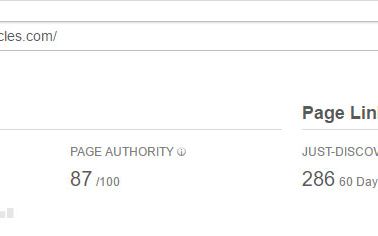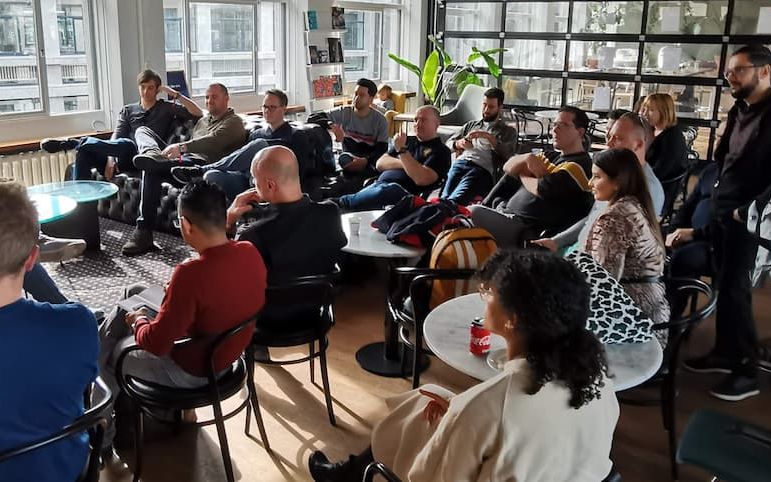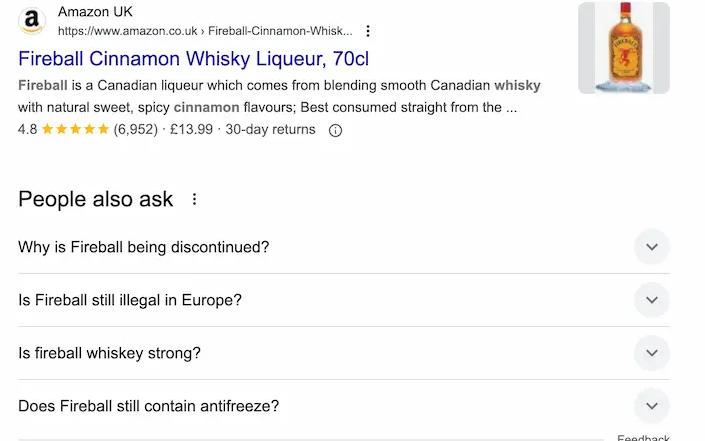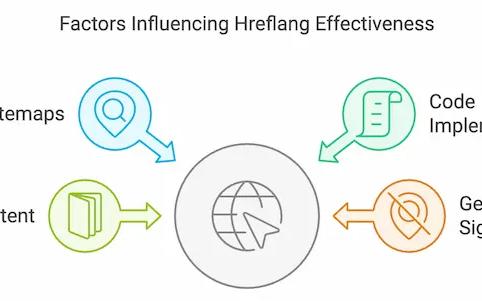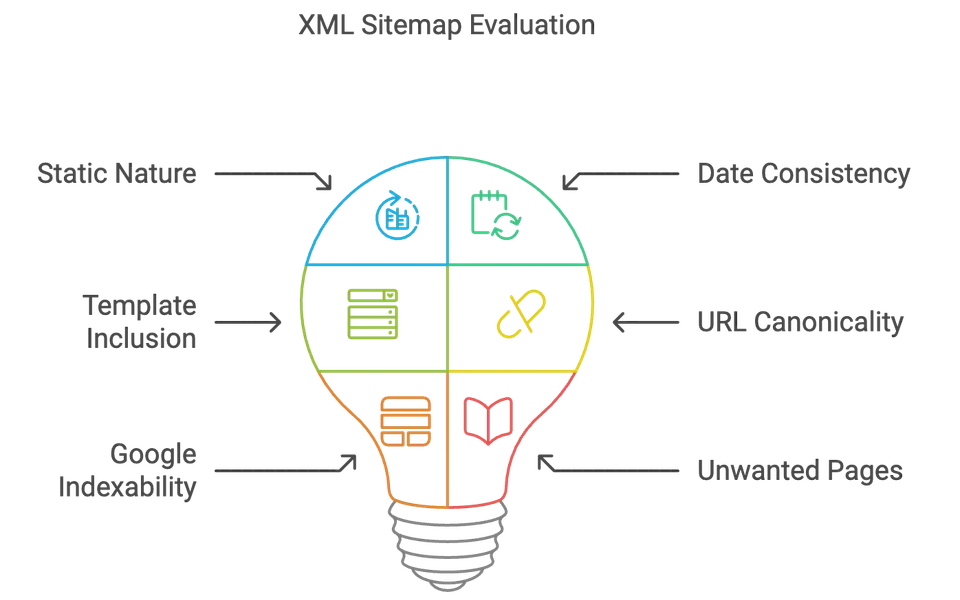Over the last few years, and particularly since GDPR, the marketing and advertising landscape has experienced a dramatic shift in response to a number of factors: the proliferation of digital channels; changing customer behaviour and expectations; tightened privacy and security measures; technological advancements including automation, advanced analytics and AI; and an increasingly competitive client landscape which now includes aggregators and niche product providers.
Extending the targeting selections made for traditional or existing direct mail and/or email campaigns into digital channels provides brands with the means for consistent interaction with customers and prospects throughout their journey. Bridging online and offline channels maximises the opportunity of converting them into long-term customers. A multi-channel approach also helps to address any silos in marketing activities and teams.
Not only that, but digital channels can also yield data that can be used in clever ways to enhance current campaigns and even initiate new ones.
Finding 'missed Moments' On Social Media
For example, a recent project for a client in the travel sector involved identifying individuals and families who had postponed the celebration of important life milestones – such as big birthdays and anniversaries – due to COVID, as well as those that had to cancel special trips or who had missed out on their usual holidays.
The aim was to target those most likely to pick up on those ‘missed moments’ and encourage them to go bigger and better with travel once restrictions allow. The travel client selected data based on a prospect’s last birthday and used social sources to identify people who were disappointed or facing postponement of celebrations and holidays, sending them a tailored mailing encouraging them to make a holiday booking.
Despite travel restrictions still being in place, people intend to pick up where they left off and are making bookings for the end of 2021 and into 2022/23. The DM campaign yielded a positive return: 300,000 prospects were mailed, and the revenue generated represented a £2.19 ROI.
Hedging Your Bets
Another example of data being used innovatively is for an online retailer selling hedge trimmers. In the past, the targeting was based on profiling but could miss one key component – did the person live in a house with a hedge?! In this case, it was possible to find people with a hedge by using a combination of data points: properties that have the word ‘hedge’ in the sale listing, and individuals who have posted about a garden hedge on social media. Using these two data points, a pool of prospects was created. This pool was then overlaid with customer profiles to help the retailer select the best customers to target for their hedge trimming product.
Marry Me, Not Them
A final example of this type of work was a campaign for a high street shoe shop. They knew that sales of wedding shoes, for brides, bridesmaids, grooms, or guests can be highly profitable. The problem was identifying who are looking for these types of shoes at any time. Again, by marrying social activity to an ongoing campaign, the retailer was able to find individuals who were either going to be getting married or taking part in a wedding, and contact them before they were wed to another retailer. The resulting weekly emails and postcards generated much more in-store traffic and increased sales.
There have also been examples of using this type of data – effectively social triggers to drive multi-channel campaigns in work for automotive clients, insurance companies and even a government department.
Going Multi-Channel
In a sector like insurance, the product offerings are complex and often viewed as ‘static’, in that they are typically bought infrequently so the customer has very little subsequent interaction with the provider. However, those customers have extremely diverse needs. Data that has been used to engage with customers offline can be leveraged to help better understand and predict what a customer or a prospect wants or needs by way of a product or service by connecting ongoing successful Direct Mail campaigns with ongoing successful Facebook campaigns.
This not only enables the impact of combining the targeting across the two channels to be tracked, but it also deals with areas such as permissioning, data technology changes and process. Facebook provides the highest level of addressability and also uses an offline identifier as the strongest match key. This has a positive impact on media performance and efficiency using data in Facebook as well as a revenue uplift of exposing Direct Mail prospects to acquisition offers on social media, compared with providing them with the Direct Mail communication only.
New Channels To Market
Of course, this is only one side of the opportunity and businesses can extend their marketing initiatives by ensuring that their online and offline channels are both working equally as hard: with online channels supporting offline channel activity and vice versa for a truly multi-channel approach.
Key areas of focus for multi-channel digital activation are social media, online advertising, addressable audiences within activation platforms and Connected TV. The best way to maximise the impact of marketing on social media, including Facebook, YouTube and Instagram, is to connect ongoing successful direct mail and e-mail campaigns to ongoing successful digital campaigns. The cumulative impact of both should drive improved ROI from both channels.
Another change in this area is the advent of walled gardens, secure hosted environments where data can be matched and selected without any personally identifiable information (PII) changing hands. This then allows those selections to be shared with publishers to enact campaigns online.
Targeting Movers
For example, a furniture retailer only has an email subscriber file but is keen to find out who is moving house soon. The email list can be loaded into the walled garden, matched to a second file which links email address to physical address, then matched to a file of addresses currently in the process of being sold. This then creates a flag of all the email addresses of people who reside at properties up for sale that can be used to drive a social campaign – all done inside the walled garden and without any PII being shared.
This can also be done with IP addresses for customers who only can be identified by their browsers, to create profiles for targeting across multiple channels.
Across all these forms of activity, the key to unlocking these insights and innovations is data – correctly permissioned and GDPR-compliant – to help brands find and get to know the right people. Leveraging online and offline data unlocks the potential for increasingly creative campaigns and new ways to engage and retain, maximising the opportunity to convert customers and prospects into long-term customers. Scott Logie is Customer Engagement Director at REaD Group and Chair of the Customer Engagement Committee of the DMA (Data & Marketing Association).

















